Millennials may have sounded the death knell for many industries, including mass-market beers, paper napkins, cable TV, motorcycles/cars, and luxury goods, but they have single-handedly helped one sector bloom. A mid-pandemic survey by Article and OnePoll revealed that 70% of millennials call themselves a ‘plant parent’. However, that doesn’t mean that all of them are blessed with a green thumb. About half of those surveyed (48%) said they were unsure if they would be able to keep their plants alive. If these plant parents need help, don’t the rest of us?
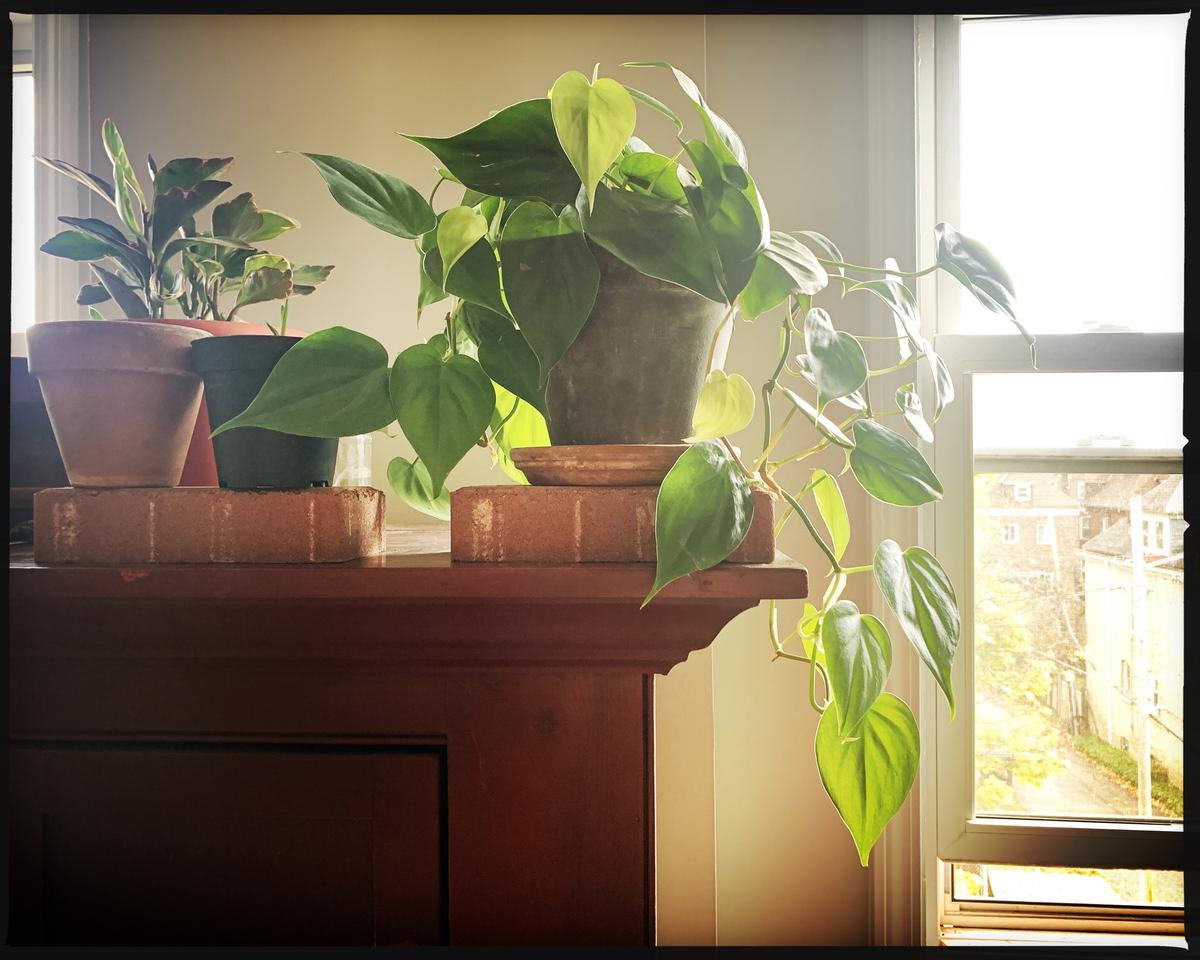
Philodendron
| Photo Credit:
Getty Images/iStockphoto
Numerous studies have shown that making plants a part of your home can help reduce stress, impact focus and productivity, boost creativity, improve air quality, and promote recovery. And of course, they ensure that every room looks homey and welcoming, not clinical and sterile. Even if you think you have a black thumb, it’s possible to keep your plants alive.
Christopher Satch, plant scientist and instructor at the New York Botanical Garden, writes that everyone has the ability to grow healthy indoor plants if they understand “the basics of plant care” and pay attention to their leafy friends.
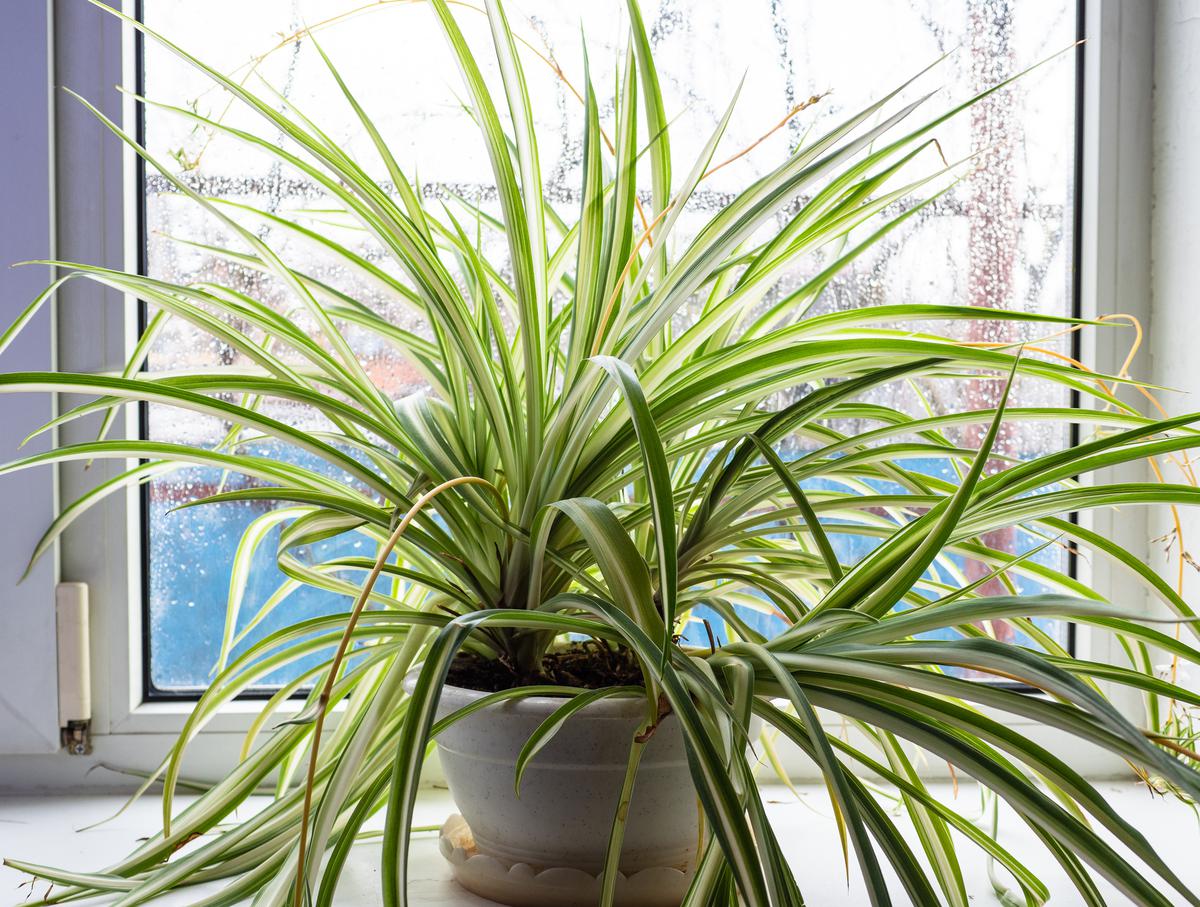
Spider plant
| Photo Credit:
Getty Images/iStockphoto
Select the right plants
Veronica Peerless, author of How Not To Kill Your Houseplant, mentions a popular horticultural saying, “Right plant, right place”, which applies to house plants as well as those outdoors. Choosing plants depends on your space and home conditions (access to light, temperature, and humidity) as much as it does on the time you are willing to spend. In today’s busy world, you can choose from a variety of low-maintenance plants — apart from the hardy devil’s ivy (money plant).
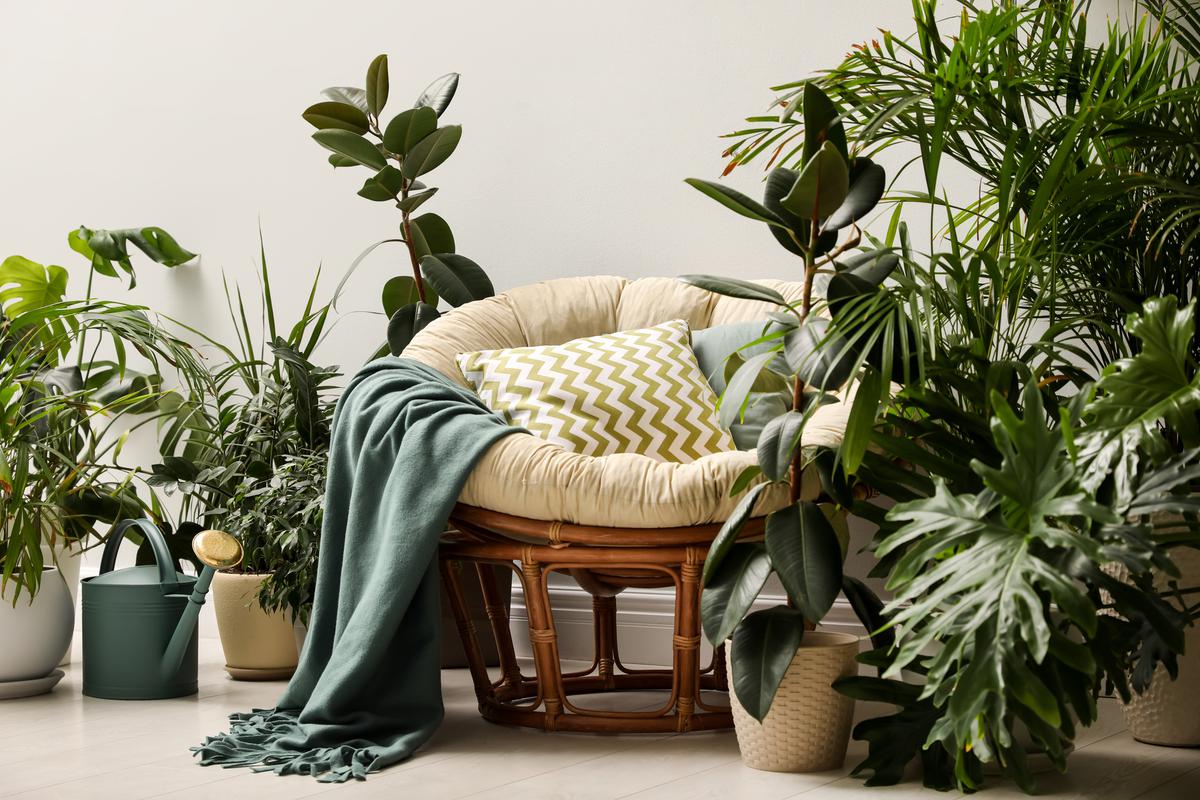
Akhilesh Kadam, who runs a popular nursery in Vadodara, lists some “tolerant and forgiving” plants for the home: monstera (Swiss Cheese plant), palms, calathea, anthuriums, string of hearts, snake plant, ZZ plant, philodendron, jade plant, and string of pearls. If you’re looking for plants that also act as natural air purifiers, he suggests bringing home a bamboo palm, English ivy, dragon tree, Chinese evergreen, spider plant, aloe vera, rubber plant, or a weeping fig.
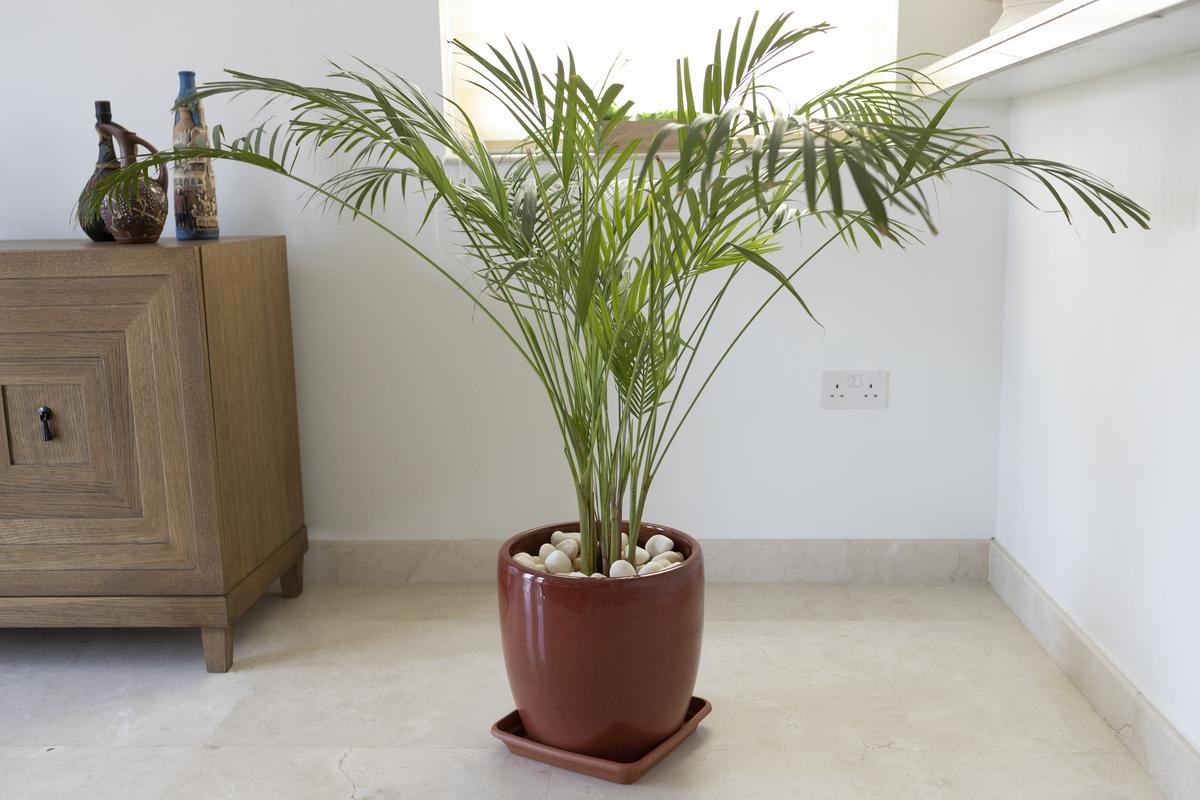
Palm
| Photo Credit:
Getty Images/iStockphoto
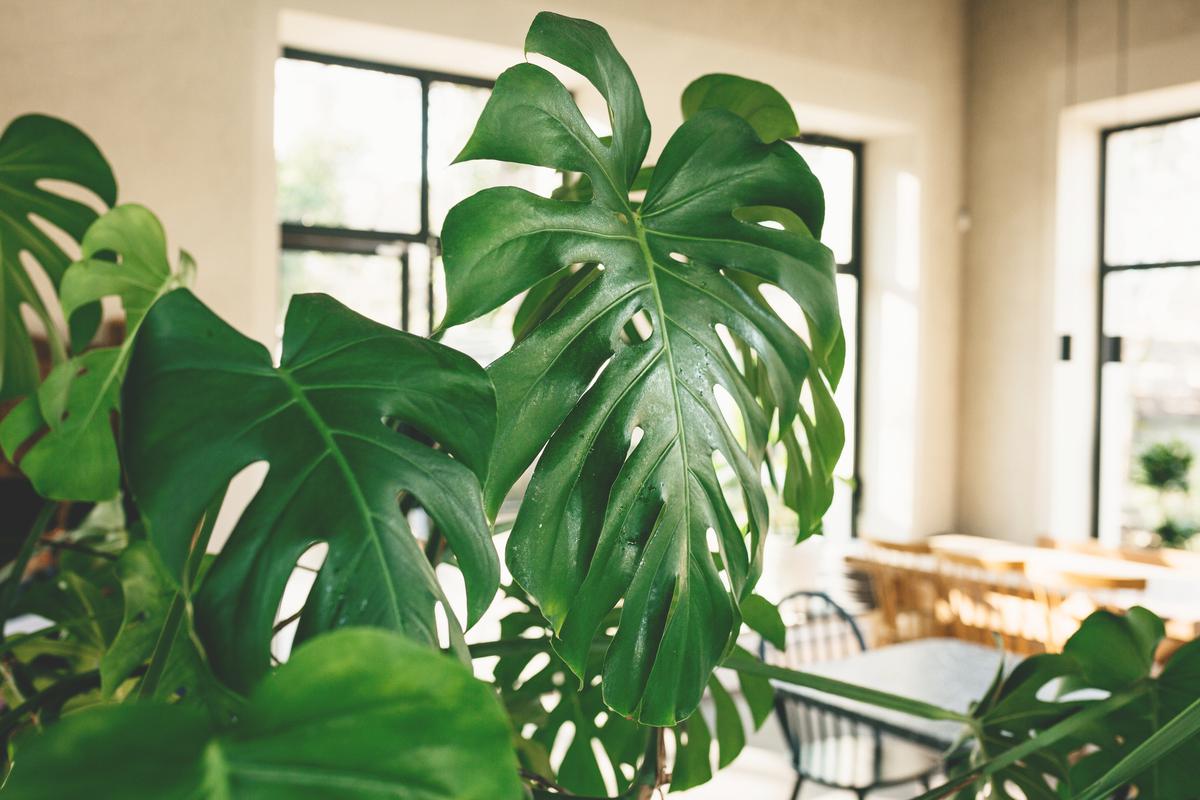
Swiss Cheese plant
| Photo Credit:
Getty Images/iStockphoto
How do you choose a heathy plant, one that doesn’t start wilting the moment you put it on your end table? Kadam suggests looking for damage, adding that mechanical damage such as humidity or a ripped leaf is easy to deal with but a plant with fungal damage is better avoided.
“Damage due to a fungus is usually asymmetrical and can be seen sporadically across a leaf; humidity damage leaves its mark evenly,” he says. “A plant that has healthy leaves and new buds/stems will most likely continue to grow when you take it home.”
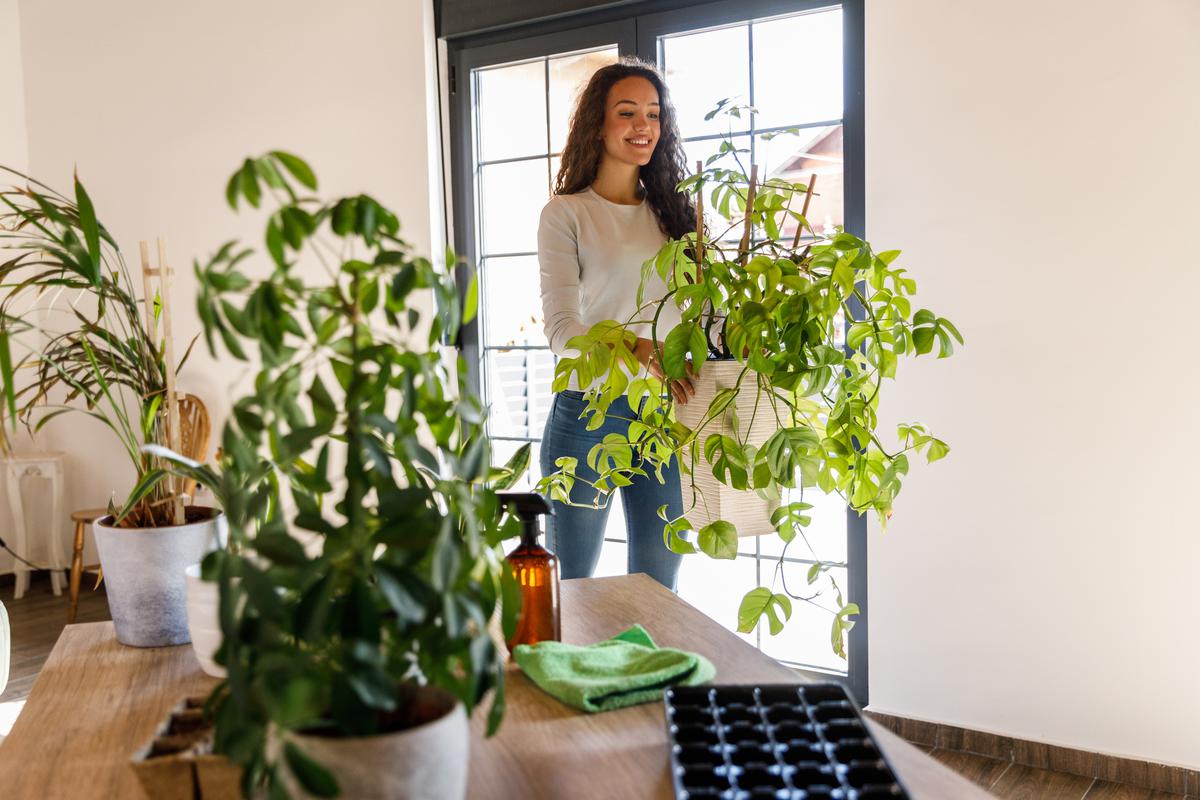
Repot your green friends
Most nurseries sell plants in plastic pots, but that’s not the best setting to help them thrive. It makes sense to repot any plant you bring home within a month. In fact, Kadam suggests repotting all your plants regularly (small ones once a year, large ones once in two-three years) to keep them at their best.
“When repotting, choose the right pot, going up by at least two inches in diameter to help your plant grow larger. of thumb. A drainage layer (1-3 inches) of pebbles, small stones, or broken pottery at the bottom will ensure no soil leaks out and that the roots don’t sit in water,” he says. Separate the roots lightly to shake off old soil, fanning them in the bottom of the pot. Place soil around and on top of the roots, and pat down.
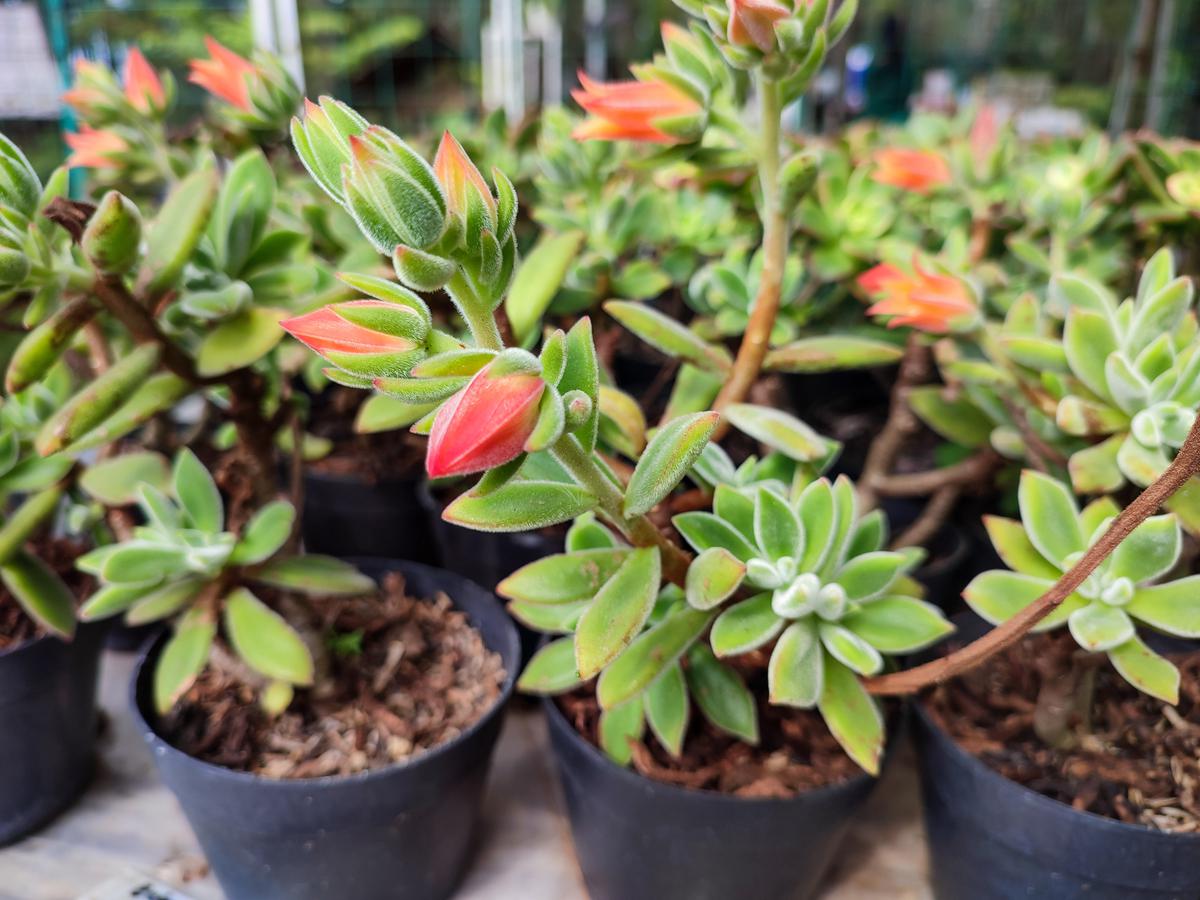
Succulents
| Photo Credit:
Getty Images/iStockphoto
Focus on water, light, and nutrients
Many plants may be categorised as low maintenance but most of them tend to love light. Light works as food for your houseplants, which makes it important to ensure that they are never on a diet. The requirements differ — for example, succulents and cacti come from sunny regions and need more direct sun while ferns are typically found in cold regions and need shade. “The bigger the plant gets, the more light it will need to grow better so make sure indoor plants get their time in the sun,” advises Adil Hussaini, who runs a nursery in Ahmedabad.
Water — too little or too much — can make all the difference to a plant’s survival. Instead of setting days, figure out the plant’s water needs. Touch/feel the soil; if it’s moist and has an earthy smell, it doesn’t need water; if it’s dry and dusty, your plant needs a drink. “It’s better for the plant to be dry than wet. Watering should be done in steps; don’t pour it all in one go. Tip some water into the pot and let it seep in, then add some more till that is absorbed. Make sure your soil is saturated but the roots aren’t sitting in a swampy environment,” Hussaini says.
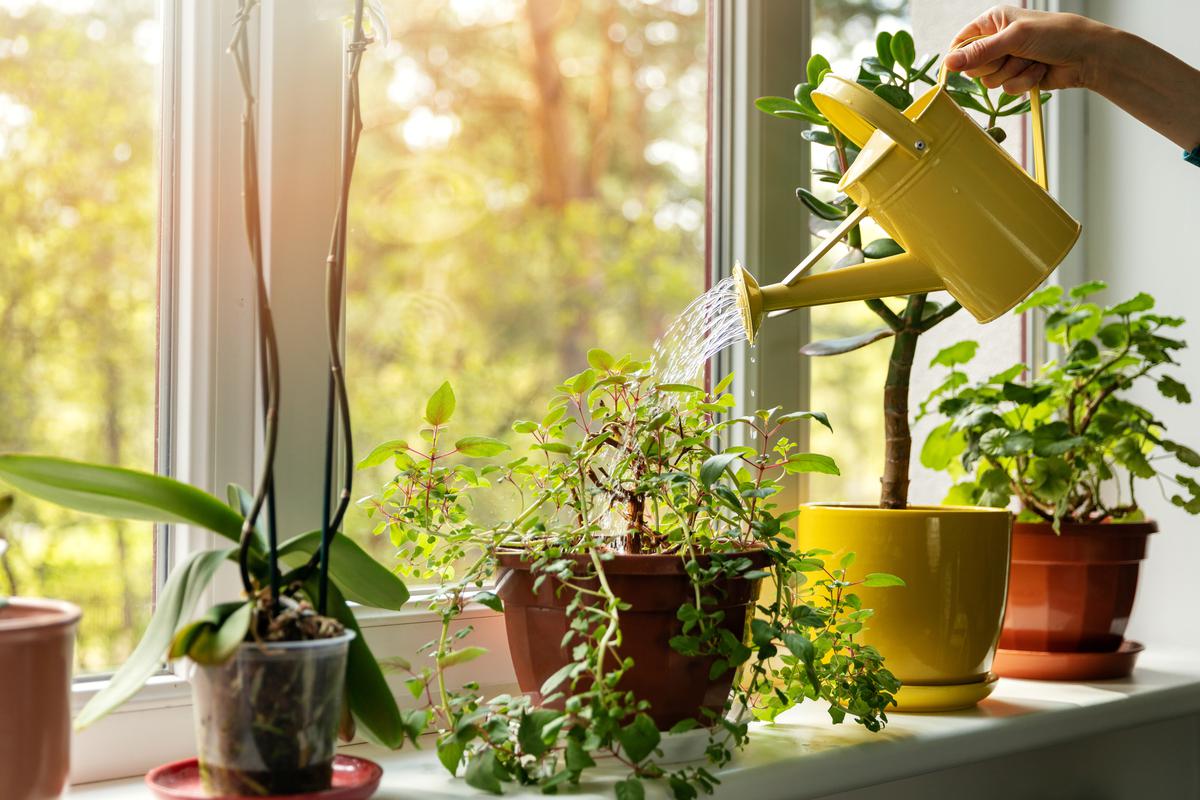
Choose any brand or kind (liquid, dry, sticks), but make sure you check the label for the NPK number. “This stands for nitrogen, phosphorous, and potassium, three nutrients vital to ensure plant wellbeing. Nitrogen supports healthy foliage growth, phosphorous is essential for bigger, healthier blooms, and potassium facilitates a strong root system,” Kadam says.
Listen to your plants
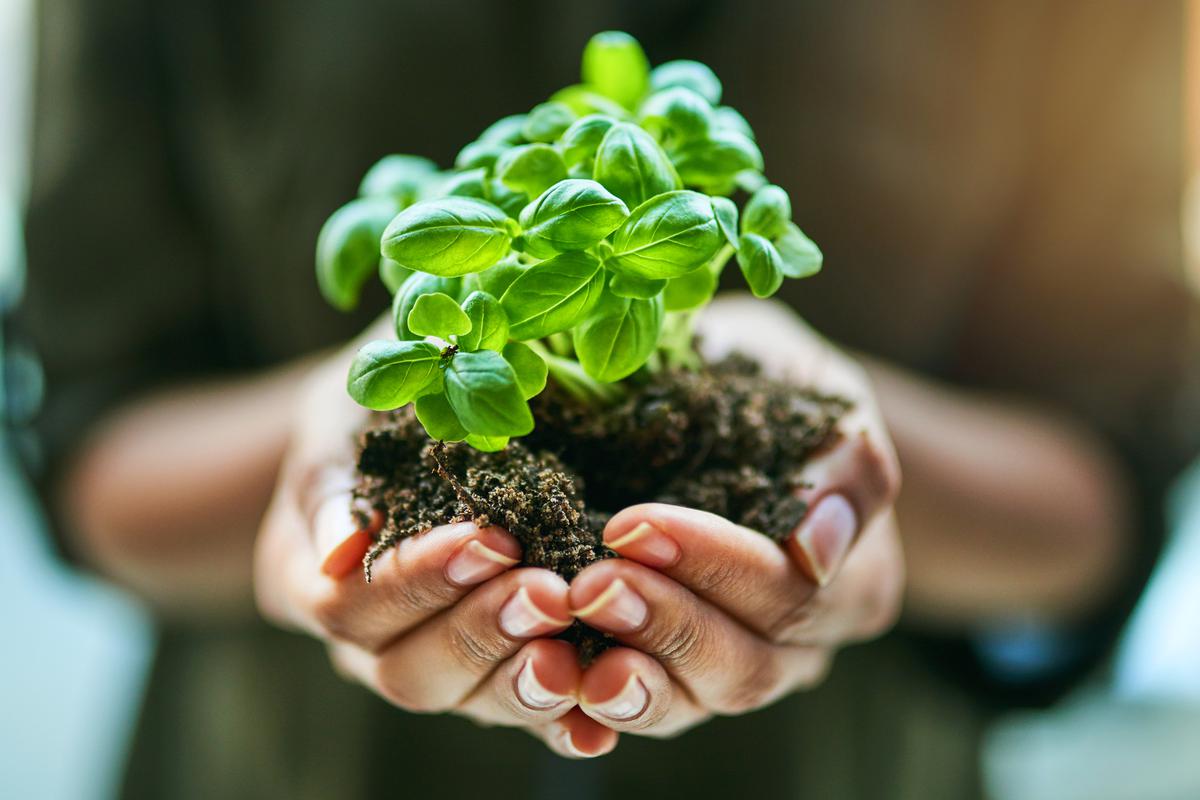
Talking to plants to help them grow is fine, but like in any other relationship listening is key. Watch out for signs that you are over-watering (soft and mushy soil, gnats, yellow lower leaves) or under-watering (wrinkled/drooping leaves).
Edges turning black can either indicate low humidity or the presence of a fungus while leaves dropping off can mean that the plant is lacking light and needs to be moved to another place. Yellow leaves are a warning sign — the plant could be too dry or wet, too hot or cold. Brown leaves can indicate numerous things, depending on the plant variety — they can mean too much or too little water, or an overdose of fertiliser.
A mushy stem and dropping leaves most likely are signs of root rot, something your plant may not survive. What when new leaves are much smaller than the older ones? “This means the plants are not getting enough light to make ample food and create bigger leaves,” Hussaini says. “A plant that is growing but appears dull could just need repotting and a dash of fertiliser to be rejuvenated while white cottony dots or red/black specks indicate pests and necessitate the use of an insecticide,” he adds.
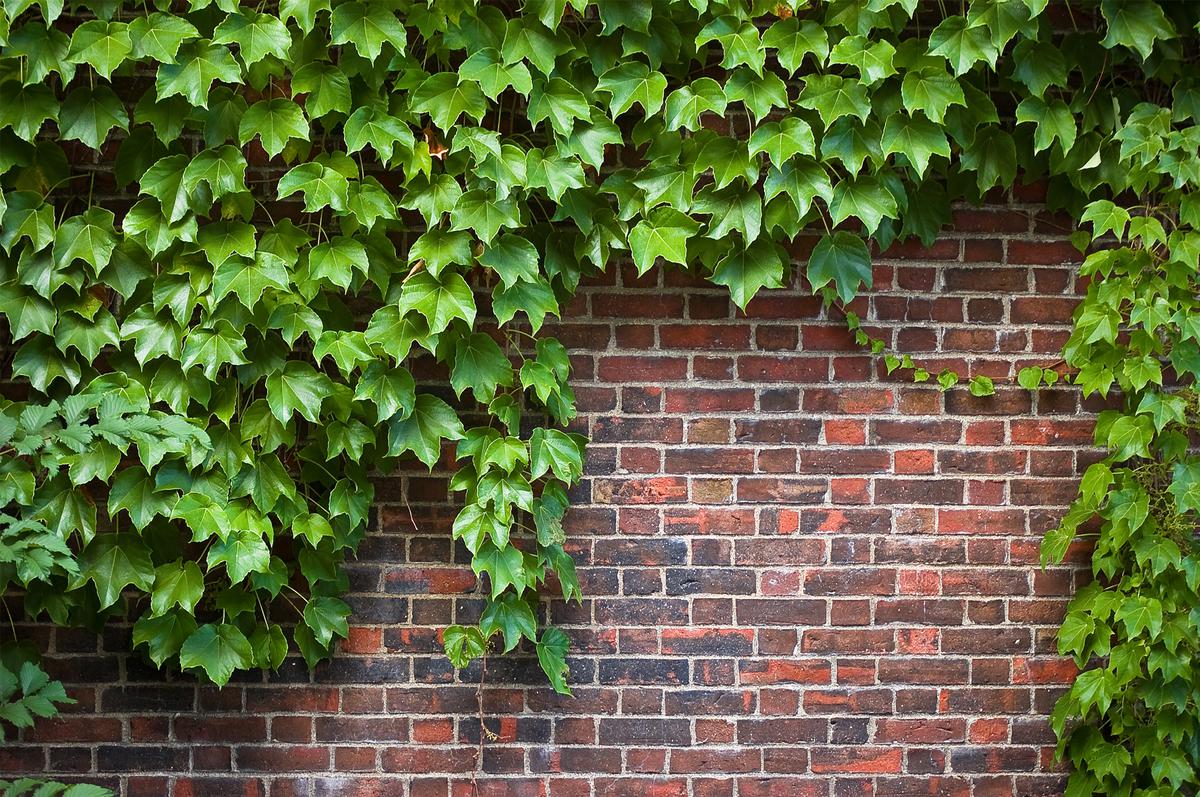
English ivy
| Photo Credit:
Getty Images/iStockphoto